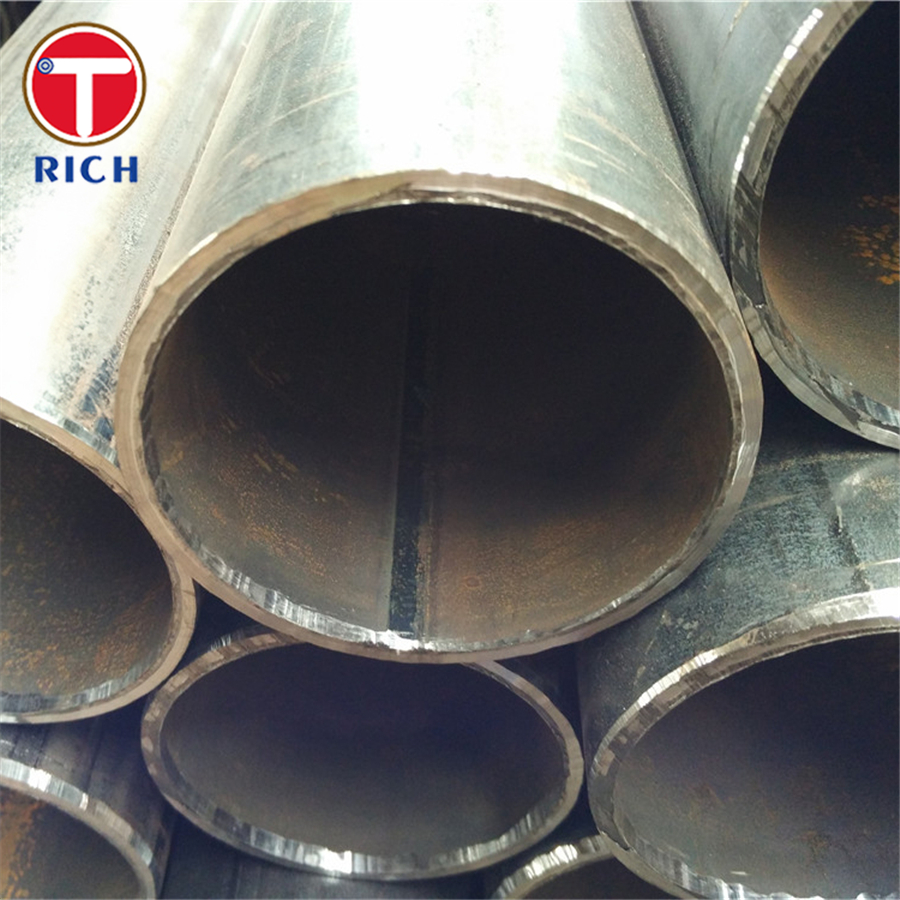
Mr. Richard SHEN
Leave a message
Mr. Richard SHEN
Leave a messageWelding tubes are widely used in various industries and applications, such as construction, manufacturing, and transportation. These tubes play a crucial role in carrying fluids, transmitting power, and providing structural support. One of the key considerations when working with welding tubes is determining their thickness. In this article, we will explore this topic by answering three questions:
The thickness of a welding tube is essential for its structural integrity and performance. Tubes with inadequate thickness may fail under pressure, causing leakage or even catastrophic failures. On the other hand, excessive thickness can lead to unnecessary weight, increased manufacturing costs, and reduced efficiency in fluid flow or energy transmission. Therefore, finding the right balance in tube thickness is critical for ensuring durability, safety, and optimal performance.
To determine the thickness of a welding tube accurately, various methods can be used. One common technique is the ultrasonic measurement method, which involves using high-frequency sound waves to determine the material's thickness. Ultrasonic equipment emits sound waves that penetrate the tube and bounce back from its inner and outer surfaces. By measuring the time it takes for the sound waves to travel through the material, the thickness can be calculated precisely.
Another method used is the electromagnetic or eddy current testing. This non-destructive technique uses electromagnetic induction to generate an electrical current in the tube. The current's behavior changes with the thickness of the material, allowing the measurement of tube thickness accurately.
Several factors influence the appropriate thickness for welding tubes, including:
Determining the thickness of a welding tube is crucial for its integrity and overall performance. By considering factors such as operating conditions, material properties, regulatory standards, and manufacturing process, engineers and manufacturers can select an appropriate thickness to optimize safety, efficiency, and costs. Through precise measurement techniques like ultrasonic or electromagnetic testing, the desired thickness can be accurately determined, ensuring the quality and reliability of welding tubes in various applications.

Previous: What is the toughest metal to weld?

Privacy statement: Your privacy is very important to Us. Our company promises not to disclose your personal information to any external company with out your explicit permission.

Fill in more information so that we can get in touch with you faster
Privacy statement: Your privacy is very important to Us. Our company promises not to disclose your personal information to any external company with out your explicit permission.